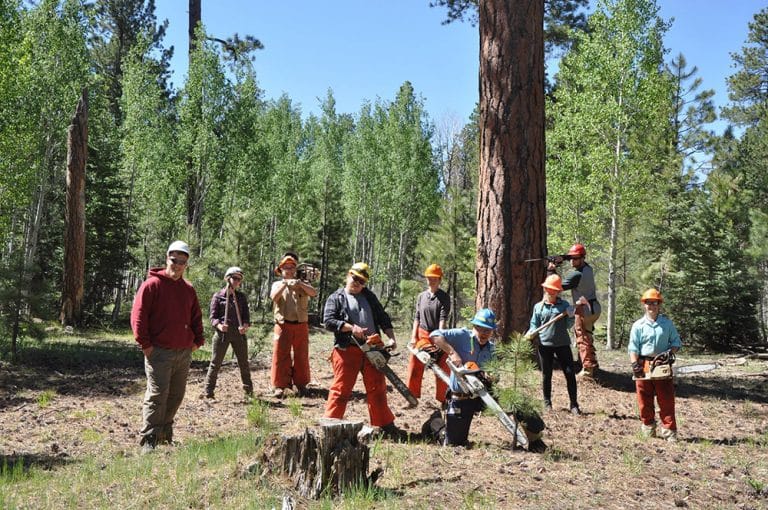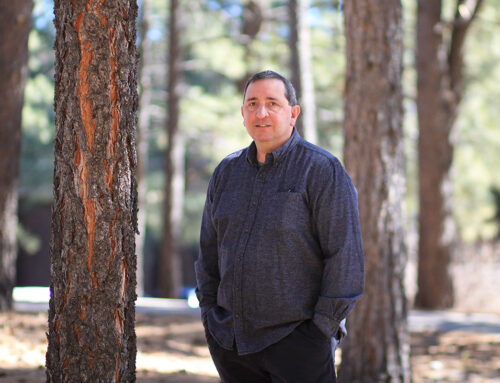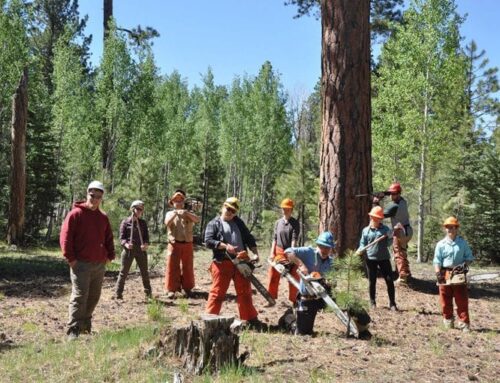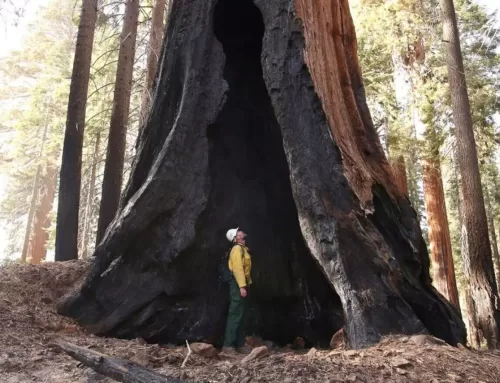Forests and the carbon they capture play a pivotal role in combating climate change, and a new study co-authored by NAU researchers is set to transform forest conservation efforts nationwide by providing new, more accurate models for calculating and predicting how much carbon they hold.
The U.S. Forest Service, along with an impressive list of research partners including those at Northern Arizona University, has introduced new National Scale Volume Biomass (NSVB) models that provide a consistent and scientifically accurate method to predict tree volume, biomass (a term that describes the collective mass of the woody parts of trees) and carbon content nationwide.
A key finding from the study is that newly developed models produce substantially higher values in biomass and carbon estimates when compared with previous models. The NSVB produces an estimated 34.71 billion tons of biomass in U.S. forests, compared with 30.28 billion tons using previous methods, indicating a potential increase of 14.6 percent in aboveground tree biomass over what was previously estimated. This enhanced precision is achieved by using newly developed species carbon fractions instead of a constant conversion factor.




